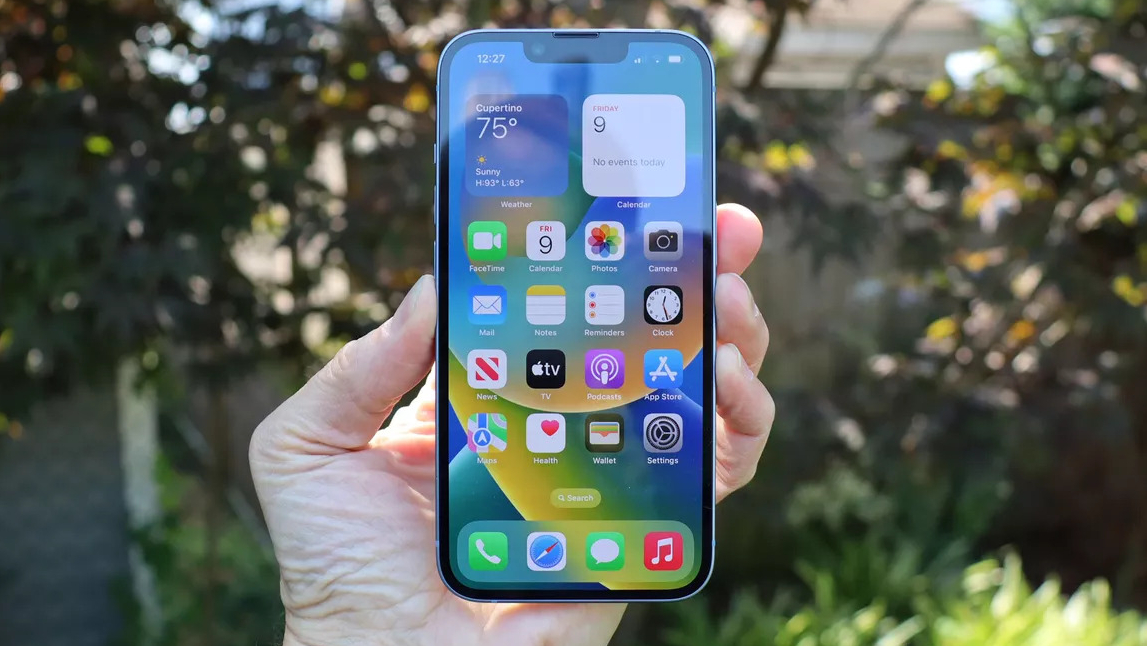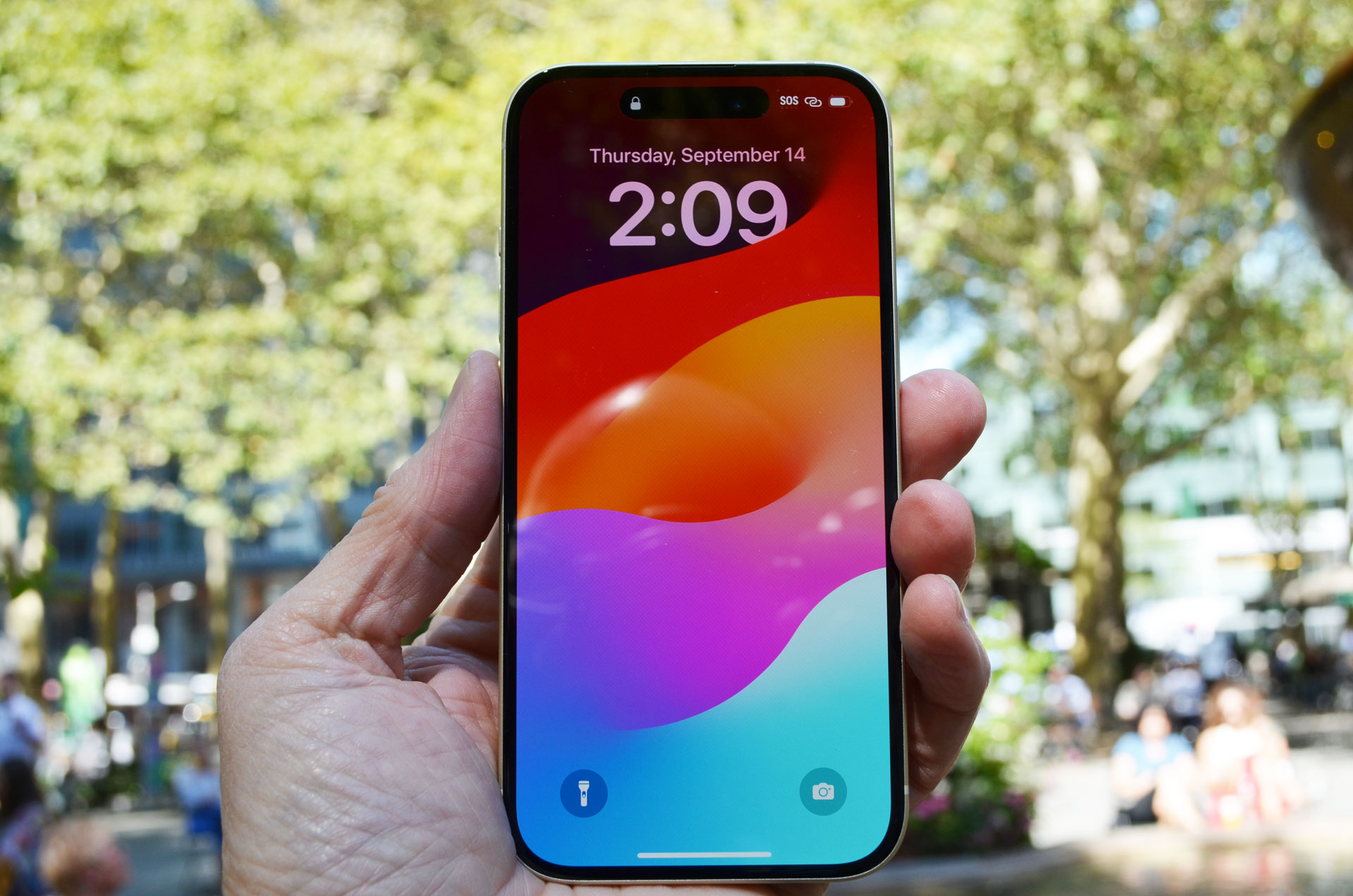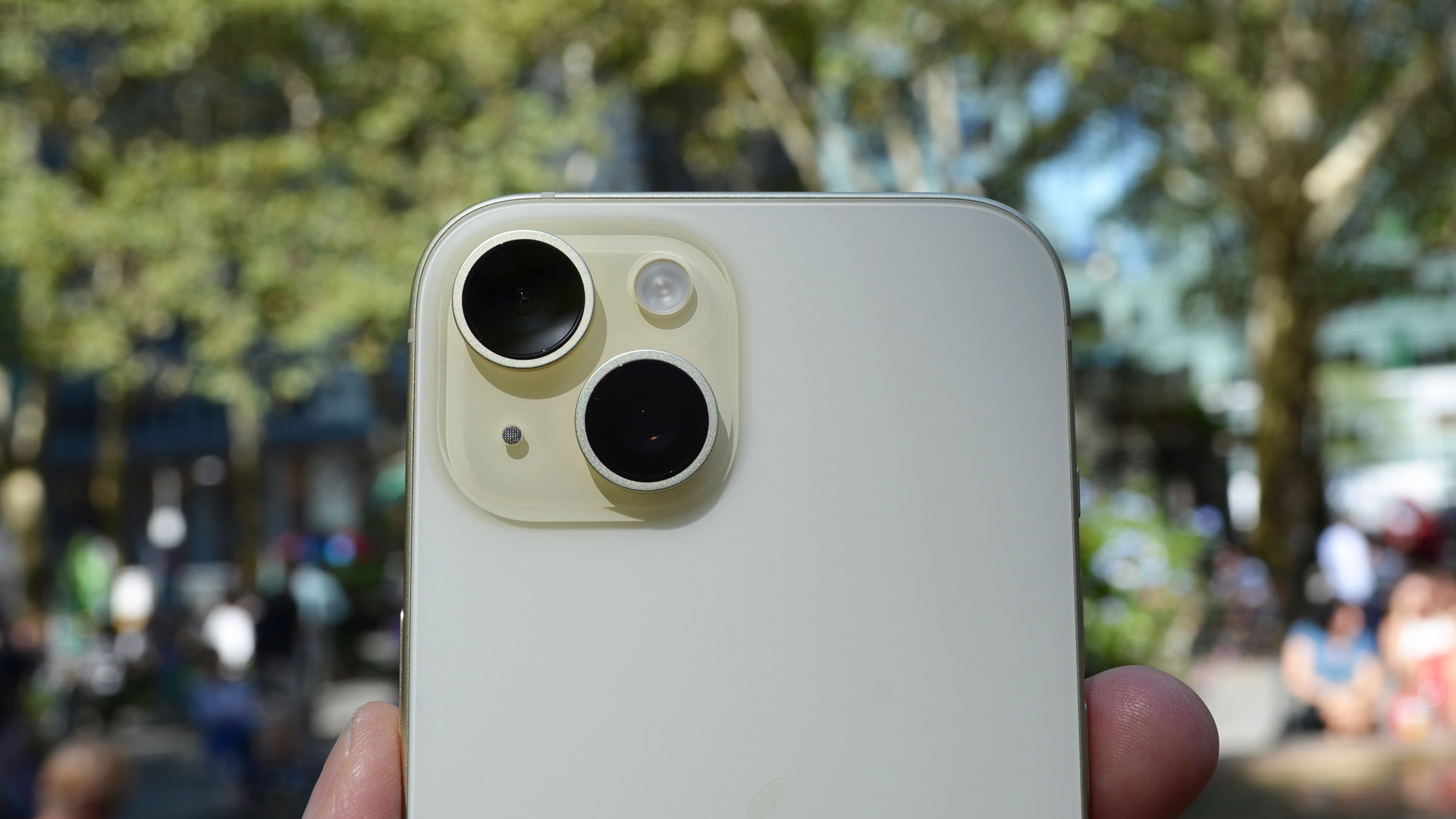
I’m not someone who habitually buys the latest iPhone. By and large, I upgrade when my mobile contract is up for renewal; so, once every two or three years. I happily used an iPhone 5 through most of high school, then took an iPhone 8 to university. Just before graduating, I picked up an iPhone 11, and comfortably used that phone until December last year, when I took the plunge on Apple’s 2022 base model, the iPhone 14.
I didn’t rush into that purchase. I handle a good chunk of TechRadar’s iPhone coverage, and so was acutely aware that the iPhone 14 brought precious few upgrades over the iPhone 13 – especially when compared to the excellent iPhone 14 Pro. In truth, I just wanted a capable, fuss-free iPhone that would last me through the next couple of years (I also live in central London, and so operate on a budget akin to that of a Victorian child).
For the past 10 months, I’ve felt pretty good about my iPhone 14 – low-spec as it may be, its design is great, the cameras are perfectly fine, and Apple’s A15 Bionic chipset is plenty fast enough for my sort of usage.
But now the iPhone 15 is here, and I feel like an idiot.
Put simply, Apple’s latest standard model represents the biggest generational upgrade in years, offering so much more phone for its $799 / £849 / AU$1,339 starting price than the iPhone 14. In fact, we recently updated our best iPhones list to rank the iPhone 15 as the best value iPhone in 2023; a title previously held by the iPhone 13 Pro. Sure, I needed to upgrade in December last year, but I wish I held out a little longer.

You’ll find a full breakdown of the differences between the iPhone 15 and iPhone 14 in our iPhone 15 vs iPhone 14 comparison, but I’ll highlight some of the key distinctions here.
For starters, the iPhone 15 offers a more palm-friendly design than its predecessor. Its slightly curved edges hit a nice sweet spot between the iPhone 11 and the iPhone 14, while the addition of Apple’s Dynamic Island – a feature previously exclusive to the iPhone 14 Pro and 14 Pro Max – instantly turns the iPhone 15 into a more premium-looking device.
Get daily insight, inspiration and deals in your inbox
Sign up for breaking news, reviews, opinion, top tech deals, and more.
Then there’s the technological improvements. Although, as I mentioned, the iPhone 14’s A15 Bionic chipset is plenty fast enough for me, the iPhone 15 uses the iPhone 14 Pro’s A16 Bionic chipset, which is markedly more powerful.

On the camera front, this meatier power source brings more accurate and consistent color processing to the iPhone 15, and the latter phone also boasts a vastly superior camera setup to the iPhone 14. You’re getting a 48MP main lens and a 12MP ultra-wide lens on the newer phone, where the iPhone 14 uses the same dual 12MP setup as the iPhone 13.
Other iPhone 15 upgrades include better maximum brightness (2000 nits versus 1200 nits), and a USB-C port, which makes Apple’s latest standard iPhone a much more versatile handset when it comes to charging.
In other words: the iPhone 15 improves on the iPhone 14 where it matters. And all for the same $799 / £849 / AU$1,339 starting price. To be honest, the iPhone 15 is so good that it makes the iPhone 14 look like one of the worst iPhone releases in years – and I’m seriously considering breaking my usual upgrade cycle to pay for my mistake.
More iPhone stories
- iPhone 15: everything you need to know
- iPhone 15 Plus: everything you need to know
- iPhone 15 Pro: everything you need to know
- iPhone 15 Pro Max: everything you need to know
- iPhone 15 price: should you go for iPhone 14 instead?
- iPhone 15 deals: the best offers to look out for
- iPhone 15 USB-C: everything you need to know
- iPhone 15 Pro Max camera: 7 big upgrades
- 15 things we learned at Apple's September 2023 event

Axel is TechRadar's UK-based Phones Editor, reporting on everything from the latest Apple developments to newest AI breakthroughs as part of the site's Mobile Computing vertical. Having previously written for publications including Esquire and FourFourTwo, Axel is well-versed in the applications of technology beyond the desktop, and his coverage extends from general reporting and analysis to in-depth interviews and opinion. Axel studied for a degree in English Literature at the University of Warwick before joining TechRadar in 2020, where he then earned an NCTJ qualification as part of the company’s inaugural digital training scheme.